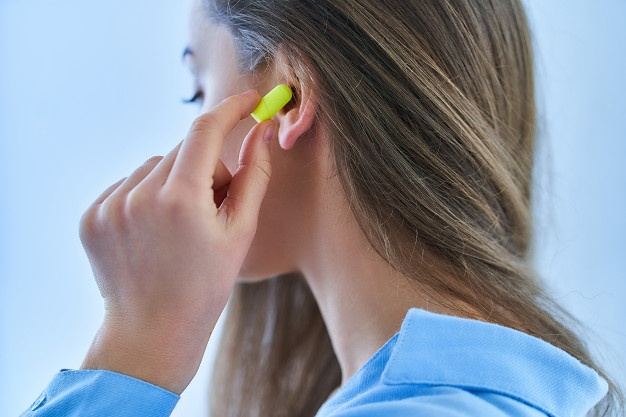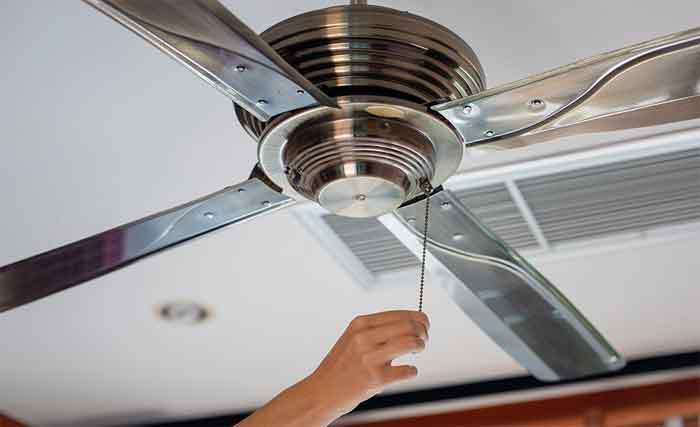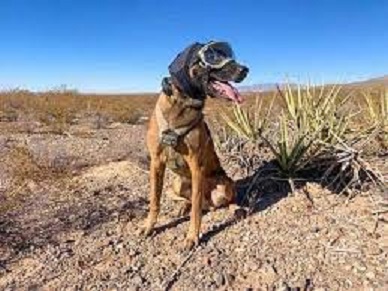Why You Need Infant Ear Protection
Ear protection is important for babies and young children because their ears are smaller and more sensitive than adults’ ears. Loud noises can damage a child’s hearing, so it is important to use infant ear protection whenever necessary from an early age. Noise-induced hearing loss is a real concern for babies and young children, and can have long-term consequences. In this blog post, we will discuss the dangers of noise exposure for infants and what kind of ear protection you should be using to keep them safe.
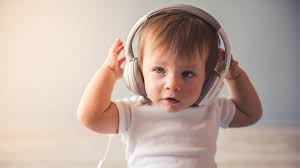
Baby’s Ears and Decibels
A tiny one might find everyday life noisy and frightening. However, loud settings may be far more harmful to a tiny baby’s delicate ears than they would for an older child.The worrisome truth is that long or even short periods of exposure to particularly loud noises can harm your newborn, infant, or toddler’s delicate inner ear, potentially causing noise-induced hearing loss.
Volume is measured in decibels or dBA; and sound intensity increases exponentially as decibel levels go up. For example, an increase of just three dBA can double the amount of noise exposure. A baby’s ears are especially vulnerable to damage because they are smaller and their ear canal is shorter and narrower than an adult’s.
Potentially Dangerous Situations for Infant Ears
Potentially dangerous, high-volume situations include: 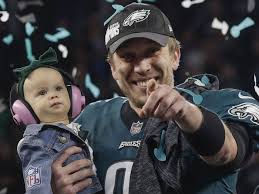
– car races
– concerts
– sporting events
– firearms
-construction works
In order to protect your child’s hearing, it is important to use infant ear protection when exposing them to loud noises. There are many different types of infant ear protection available on the market today, so finding the right one for your child should be easy.
What Type of Ear Protection Should You Choose?
Some popular options of infant ear protection include earmuffs, headphones, and bandanas.
- Earmuffs are a great option for newborns and younger infants. They fit snugly over the ears and are very effective at blocking out noise.
- Headphones can be used for children as young as three months old, but they should only be used for short periods of time to avoid damaging the ear drums.
- Bandanas are a good choice for toddlers who are still learning how to sit quietly through loud noises. They also provide some protection against the wind and sun.
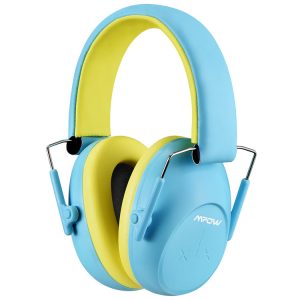
Each type of infant ear protection comes with its own set of pros and cons, so make sure to do your research before making a purchase. Some good places to start include the National Institute on Deafness and Other Communication Disorders (NIDCD) website, the American Academy of Pediatrics (AAP) website, and your local hearing specialist.
The best way to protect your child’s hearing is by using age-appropriate and designed earmuffs with your infant or toddler’s small size and head circumference in mind. Look for earmuffs that are adjustable and have a noise reduction rating (NRR) of at least 20 decibels.
Headphones can be harmful if your child falls asleep while wearing them, so it is important to use them sparingly. Only use headphones on babies if they are age-appropriate and have the same noise reduction rating (NRR) of at least 20 decibels.
Bandanas are a good choice for toddlers who are still learning how to sit quietly through loud noises. They also provide some protection against the wind and sun. Make sure that the bandana is comfortable and easy to use before purchasing it.
Things to Avoid in Ear Protection
Things to avoid when choosing an ear protection:
- over-the-head headphones, which can be dangerous if your child falls asleep while wearing them
- ear muffs that are too big or too small, as they will not be effective at blocking out noise
- small plugs or ear inserts for babies and toddlers. Tiny ears can easily get clogged with them, become lost, or even cause a choking risk. Choose over-the-head baby earmuffs instead.
No matter what type of infant ear protection you choose, make sure that it is comfortable and easy to use. Your child will be more likely to wear it if it is not a hassle. And remember, always follow the manufacturer’s instructions when using any type of ear protection.
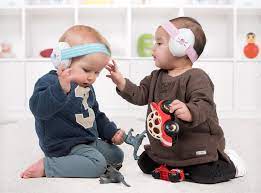
Keep Your Baby’s Ear Protection Safe
When in doubt, it is always better to be safe than sorry and protect your child’s ears with infant ear protection. By doing so, you can help ensure that they will have healthy hearing for years to come. Remember: just because your child is young does not mean they are immune to damage from loud noises! Be sure to use infant ear protection whenever necessary to keep their hearing safe and healthy.
Be sure to keep your child safe by using the appropriate infant ear protection for their age and activity level! Ear muffs, headphones, and bandanas are all great options. With a little bit of preparation, you can keep your child’s hearing safe and healthy!

